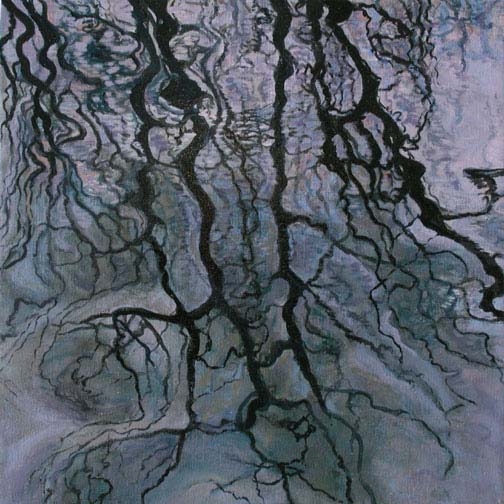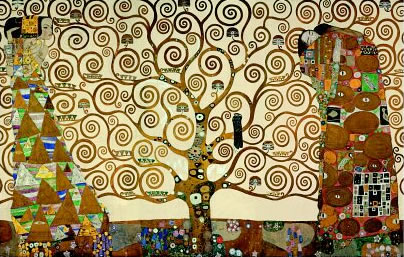

Art Therapy is a form of expressive psychotherapy that uses art media as its primary mode of communication. Art therapy combines traditional psychotherapeutic theories and techniques with an understanding of the psychological aspects of the creative process, including the affective properties of the different art materials and the healing aspects of art-making itself. Psychoanalysis has been interested in art and the creative process, including the therapeutic aspects of art from the very beginning with a wide range of works on the topic by Freud, Jung, Klein, Winnicott and later theorists in all major analytic schools.
Clients need not have previous experience or skill in art, and the art therapist is not primarily concerned with making an aesthetic or diagnostic assessment of the client’s image. The overall aim of its practitioners is to enable a client to effect change and growth on a personal level through the use of art materials in a safe and facilitating environment.
As in traditional forms of psychoanalysis and psychotherapy, the relationship between the therapist and the client is of central importance, but art therapy differs from other psychological therapies in that it is a three way process between the client, the therapist and the image. Thus it offers the opportunity for expression and communication and can be particularly helpful to people who find it hard to express their thoughts and feelings verbally. You may also be interested in a more academic course on the relation between art and psychoanalysis.